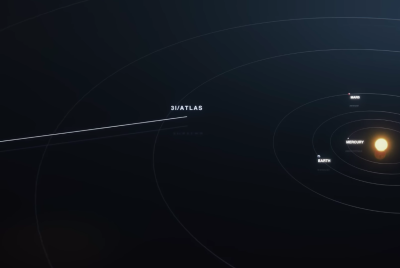Red Deer Cave people: Bone discovery suggests ancient human species survived until last Ice Age

An ancient species of human may have survived up until the end of the last Ice Age, with a 14,000-year-old bone showing features resembling those seen in some of the first Homo species 1.5 million years ago. Researchers expect their study, published in PLOS One, to be met with controversy as it is currently thought the last pre-modern humans died out 40,000 years ago.
The thigh bone was found among the remains of China's Red Deer Cave people – the most recent prehistoric population known that do not resemble modern humans. Scientists at the University of New South Wales and the Yunnan Institute of Cultural Relics and Archaeology carried out a detailed study on the partial femur and found it matched those seen in species such as Homo habilis and early Homo erectus.
The bone was very small, with a narrow shaft and a thin outer layer. The walls are reinforced on areas of high strain and the neck of the bone is long. In life, the individual would have weighed around 50kg – small for pre-modern and Ice Age humans.

The remains – including a skull – were first discovered in 2012 and at the time, scientists said the bones could represent an unknown species, or that they were a very early and primitive population of modern humans that had migrated to the area 100,000 years earlier. Study author Ji Xueping said: "We published our findings on the skull bones first because we thought they'd be the most revealing, but we were amazed by our studies of the thigh bone, which showed it to be much more primitive than the skulls seem to be."
If the femur turns out to be from a species thought to be extinct at this time, it would mean a pre-modern species of human lived at the same time as modern humans on mainland East Asia. It also points towards the possibility of a mysterious unknown species of human.
Darren Curnoe, also one of the study authors, said: "There may have been a diversity of different kinds of human living until very recently in south-west China. The riddle of the Red Deer Cave people gets even more challenging now: Just who were these mysterious Stone Age people? Why did they survive so late? And why only in tropical south-west China?"
Ji said: "The unique environment and climate of south-west China resulting from the uplift of the Tibetan Plateau may have provided a refuge for human diversity, perhaps with pre-modern groups surviving very late."
However, the scientists urge caution on drawing conclusions and say more evidence needs to be found. Ji added: "Its young age suggests the possibility that primitive-looking humans could have survived until very late in our evolution, but we need to careful as it is just one bone."
© Copyright IBTimes 2025. All rights reserved.






















